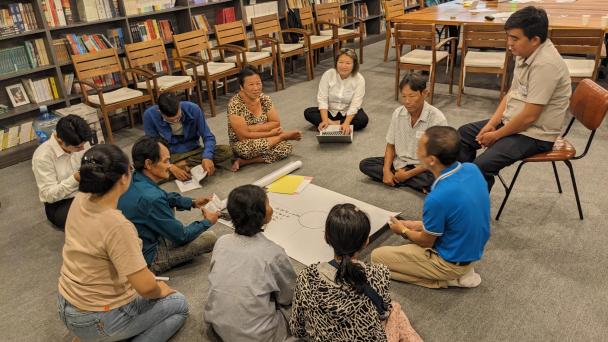New research shows no increase in the proportion of adults in England with autism or psychotic disorders
 Press release
Press release

The Department for Digital, Culture, Media and Sport (DCMS) commissioned NatCen to explore the relationship between loneliness and mental health across four key life stages.
Previous research has demonstrated an association between experiences of loneliness and poor mental health, however, the nature of this relationship is less well understood, particularly among groups at greater risk of loneliness. Through qualitative research, this project sought to explore this relationship among those who were experiencing loneliness and who had pre-existing mental health conditions. For this study, the research focused on people at key life stages – young adulthood; parents of young children; middle-age; and retirement – when it is known people may be at greater risk of experiencing loneliness.
The study aimed to explore:
This qualitative study found that:
This qualitative research consisted of two phases: interviews with professional expert stakeholders and depth interviews and diaries with people who were experiencing loneliness and had pre-existing mental health conditions.
Researchers did not use the word ‘loneliness’ unless it was used by a participant first. This was because people have different understandings of loneliness and some people may be reluctant to use the word. Instead, participants were asked about their feelings of connection to people in their social network.
Participants were recruited from one of the following four life stages: young adulthood (18–30 years old); parents of young children (with children aged 5 or under); middle aged (40–60 years old); or retired. Across the sample there were a range of mental health conditions experienced including depression, anxiety, post-traumatic stress disorder, schizophrenia, bi-polar disorder and borderline personality disorder, among others.
 Press release
Press release



Receive a regular update, sent directly to your inbox, with a summary of our current events, research, blogs and comment.
Subscribe